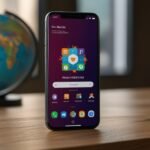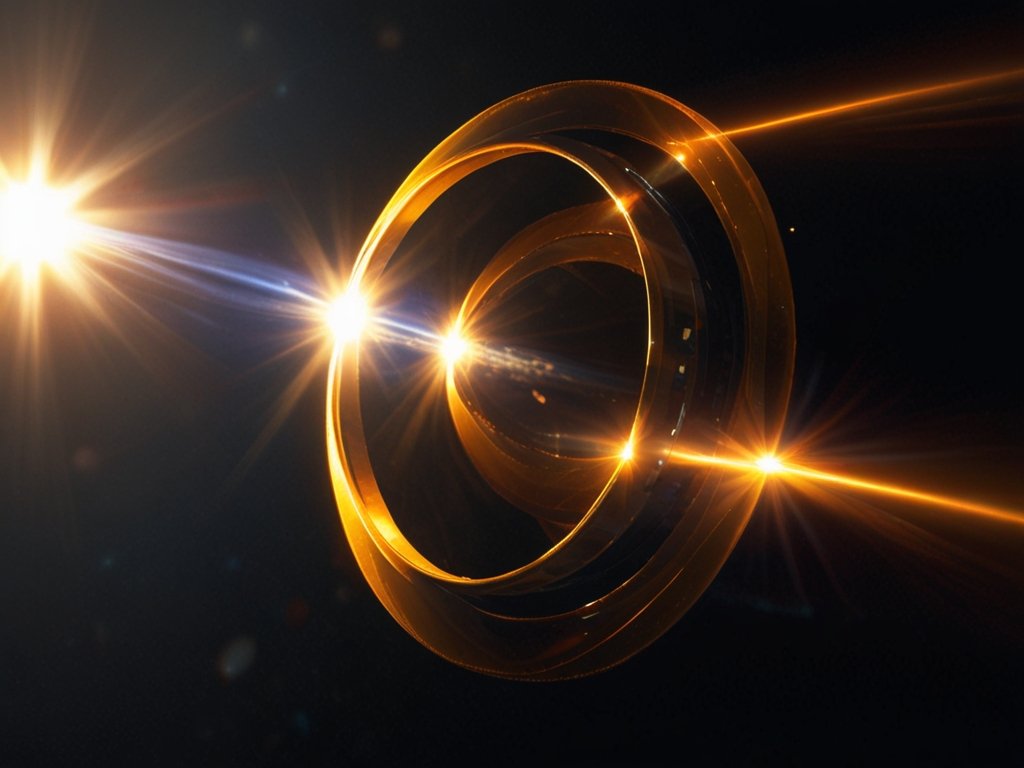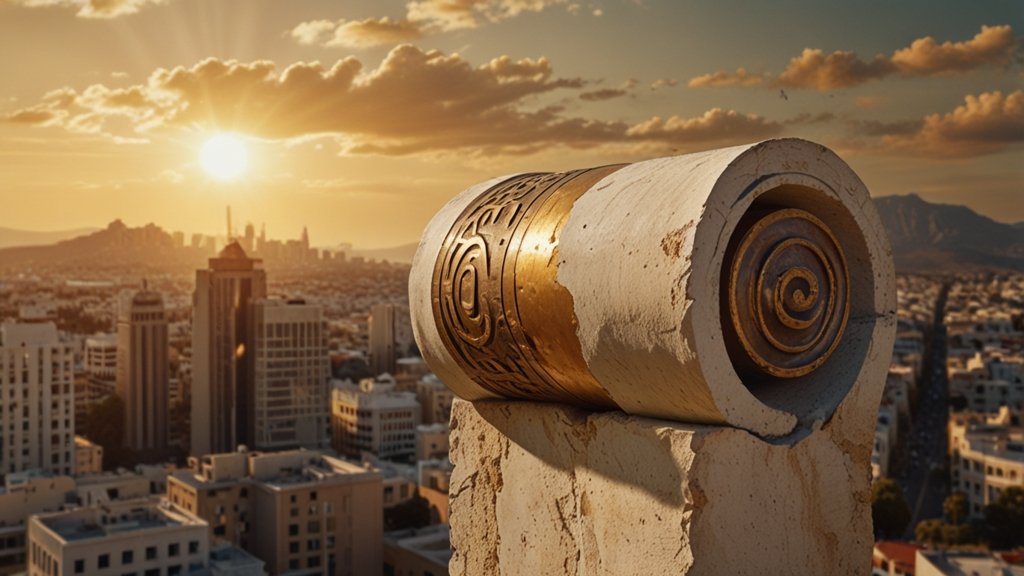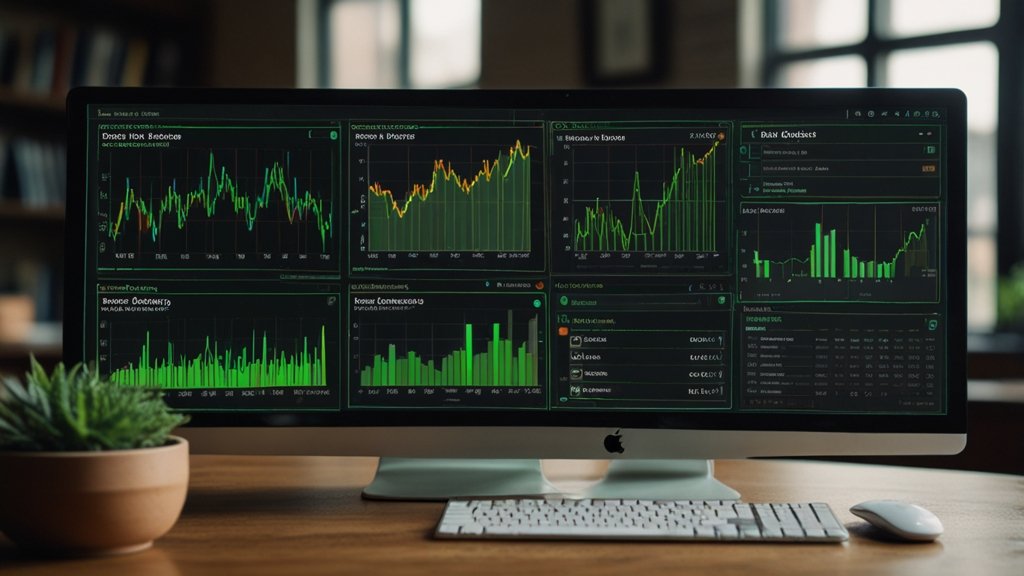Dream up this: You’re capturing a golden-hour portrait, only to find mysterious streaks and circles hijacking your shot. Frustrating? Absolutely. But what if those “flaws” could become your secret weapon? Enter photeeq lens flare—a blend of science and artistry that turns chaotic light into intentional magic. Let’s decode how.
Why Lens Flare Happens (And Why It’s Not Always the Enemy)
Lens flare isn’t just accidental glare—it’s physics in action. When light ricochets between your lens elements, it paints artifacts like starbursts, veils, or rainbow smudges. Here’s what’s really going on:
The Usual Suspects: Causes of Lens Flare
- Bright Light Intruders: Sun, streetlights, or even a reflective window.
- Lens Design Quirks: Older lenses or those with complex optics (looking at you, zoom lenses!) scatter light like confetti.
- Dust Bunnies: Tiny particles on your lens act as mini prisms, amplifying flare.
- Filters Gone Rogue: Cheap filters = flare playgrounds.
How to Tame Photeeq Lens Flare: Pro Tips
Think of flare as a mischievous guest—you decide if it stays or leaves.
1. Gear Up Like a Ninja
| Tool | Why It Works |
|---|---|
| Lens Hood | Blocks stray light like a baseball cap. |
| Multi-Coated Filter | Reduces reflections (like sunscreen for lenses). |
| Prime Lenses | Fewer elements = fewer flare opportunities. |
2. Shoot Smarter, Not Harder
- Angle Matters: Shift 10-15° away from the light source.
- Aperture Hack: Use f/8 or smaller to minimize flare “bloom.”
- Clean Gear: Wipe lenses with microfiber—no smudges, no drama.
3. Lens Choices Matter
Some lenses are flare-resistant heroes:
- Modern Coating Tech: Brands like Nikon’s Nano Crystal Coat.
- Fixed vs. Zoom: Primes (e.g., 50mm f/1.8) often handle flare better.
When to Embrace Photeeq Lens Flare: Creativity Unleashed
Flare isn’t always a foe. Directors like J.J. Abrams (Star Trek) use it to add cinematic drama. Here’s how to make it work for you:
Creative Recipes
- Dreamy Portraits: Position the sun just outside the frame for ethereal streaks.
- Starburst Streets: Shoot city lights at f/16 for twinkling bursts.
- Retro Vibes: Pair flare with vintage lenses for a ‘70s film look.
Pro Tip: Use a DIY Flare Kit—prisms, glass bottles, or even a greasy fingerprint (yes, really!)—to sculpt light manually.
FAQs:
- Can I remove lens flare in editing?
Sometimes. Tools like Lightroom’s Healing Brush work for small flares, but complex ones? Embrace them or reshoot. - Does lens hood shape matter?
Yes! Petal hoods match your lens’s angle of view—better coverage. - Are expensive lenses flare-proof?
No, but coatings help. Test before buying (or check Reddit reviews). - Can I create fake lens flare?
Absolutely. Apps like LensDistortions add flare in post—cheat code for consistency. - Why does flare look different on phone cameras?
Smaller sensors + fixed apertures = subtler, often softer flares.
Your Action Plan: 3 Steps to Master Photeeq Lens Flare
- Experiment: Shoot the same scene with/without a lens hood. Compare.
- Play Dirty: Intentionally include flare in your next sunset shot.
- Geek Out: Research lenses with “flare-resistant” coatings.
Final Frame: Lens flare is like chili powder—too much ruins the dish, but a pinch adds fire. With photeeq lens flare tactics, you’re not just avoiding glare; you’re curating light. Ready to turn “oops” into “art”? Grab your camera, and let the light dance.
What’s your wildest flare story? Share below—we’re all here to learn









